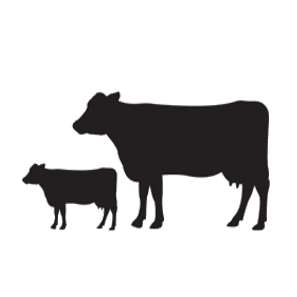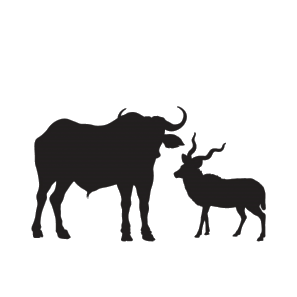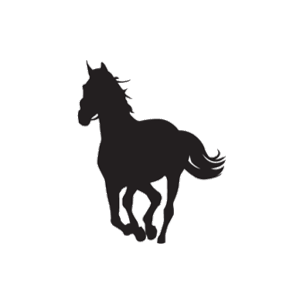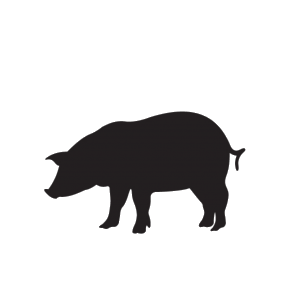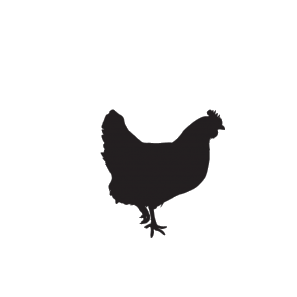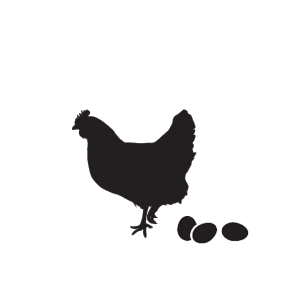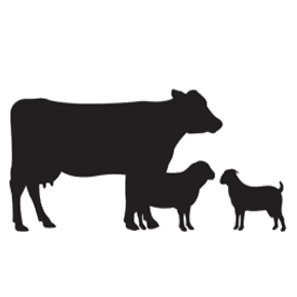Poultry farming, and especially farming with chickens, can be broken into specific industries such as layers, broilers and broiler breeders. Each of these poultry industries will have birds that are selected for specific traits, and will require specific nutrition based on what the end goals are.
What are the differences between broilers, layers and breeders?
Broilers are chickens that are grown for meat purposes. These birds will grow quickly and will require a good amount of energy and protein to sustain this fast growth.
Broiler breeders are birds that are reared to produce broilers, and are themselves not reared to be eaten, but rather to lay fertilised eggs. Their level of nutrition should be of sufficient quality to sustain optimal fertility and good quality eggs.
Layers are birds that are reared to produce unfertilised eggs that will be sold to consumers to eat. Their level of nutrition should be of sufficient quality to produce good quality, heavy eggs.
Similar to broiler breeders are layer breeders. They are not bred for meat production, and their eggs are not produced to be eaten either. Layer breeders produce eggs that will be fertilised to produce laying stock
At Epol we strive to provide your birds with the nutrition that is best suited to their needs and production requirements.
Nutritional differences
Because broilers are bred for meat producing qualities, they grow very fast and will therefore need more feed compared to a layer hen which grows at a slower rate. However, layer hens will require a diet that is high in specific vitamins, minerals and trace elements.
It should be noted that the feed layers are fed will influence the colour of their egg yolks, and the feed that broilers are fed may influence the taste of their meat to a certain extent.
If you would like to learn more about farming with broilers or layers, contact your nearest Epol Technical Advisor or visit our website at epol.co.za/poultry




